KOREAN FOOD EXPERIENCE HALF-DAY TOUR (I)
-
- Price
- 85,000 KRW / Person
- Minimun Pax
- 3 People
- Time
- Daily 2 Hours
- Inclusion
- Transportation, English-speaking Tour Guide, Admission Fees, Hotel Pick-up Service, VAT.
- Exclusion
- Hotel Drop-off Service, Lunch, Personal Expenses.
Tour Course
-
- Hotel
- The Art of Tea Ceremony
- Korean Costume Experience
- Making Kimchi
- Learn Traditional Etiquette of Korea
- Amethyst or Ginseng Center
- Hotel.
Highlights
-
-
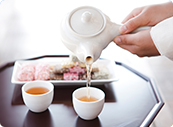
-
- The Art of Tea Ceremony
- The Art of Tea Ceremony
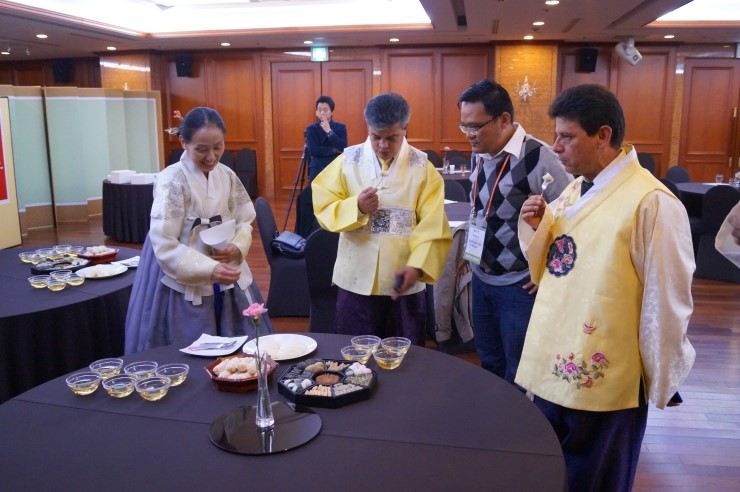
-
- Korean Costume Experience
-
1. Located in the National Museum (changable)
2. Watching a media about Korean culture & industry
3. Practicing a New Year's bow with Hanbok
4. Trying refreshments made by artisan
5. Having a photo time.
- Korean Costume Experience
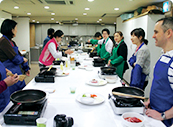
-
- Making Kimchi
- All culture of country is concentrated in their food. Not only eating in some restaurants without any understanding of Korean food culture and history, it will be the chance to naturally learn about Korea and Korean food by cooking, during listening about history in the food culture. After you learn about the Korean food culture, You will start to learn a recipe whatever you like such as Bulgogi, Kimchi, Dasik(Korean traditional cookie) which are very popular for foreign tourists, and of course tteokbokki that is the most famous street food in Korea. Cook what you like with professional guides who can speak both English and Japanese. Take pictures of Korean food that is made by yourself in Hanbok, Korean traditional costume, and show it to your friends.
- Making Kimchi

-
- Learn Traditional Etiquette of Korea
- Learn Traditional Etiquette of Korea
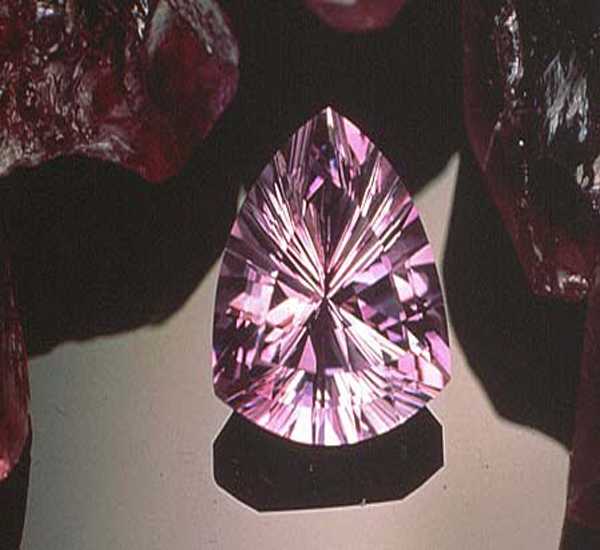
-
- Amethyst or Ginseng Center
-
The colour of Amethyst is as unique as it is seductive, though in fact this gemstone of all gemstones is said to protect its wearer against seduction.
Korean Amethyst is extravagance in violet since it has been formed from granite stone base since 5000 years. Moses described it as a symbol of the Spirit of God in the official robes of the High Priest of the Jews, and the Russian Empress Catherine the Great sent thousands of miners into the Urals to look for it. It was said to protect crops against tempests and locusts, bring good fortune in war and in the hunt, drive out evil spirits and inspire the intellect.
- Amethyst or Ginseng Center
-


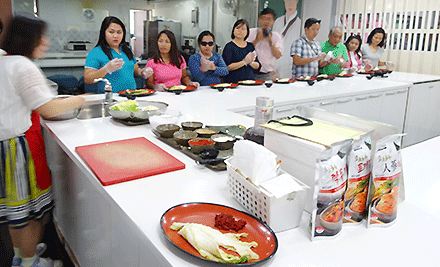



 E-mail
E-mail


























